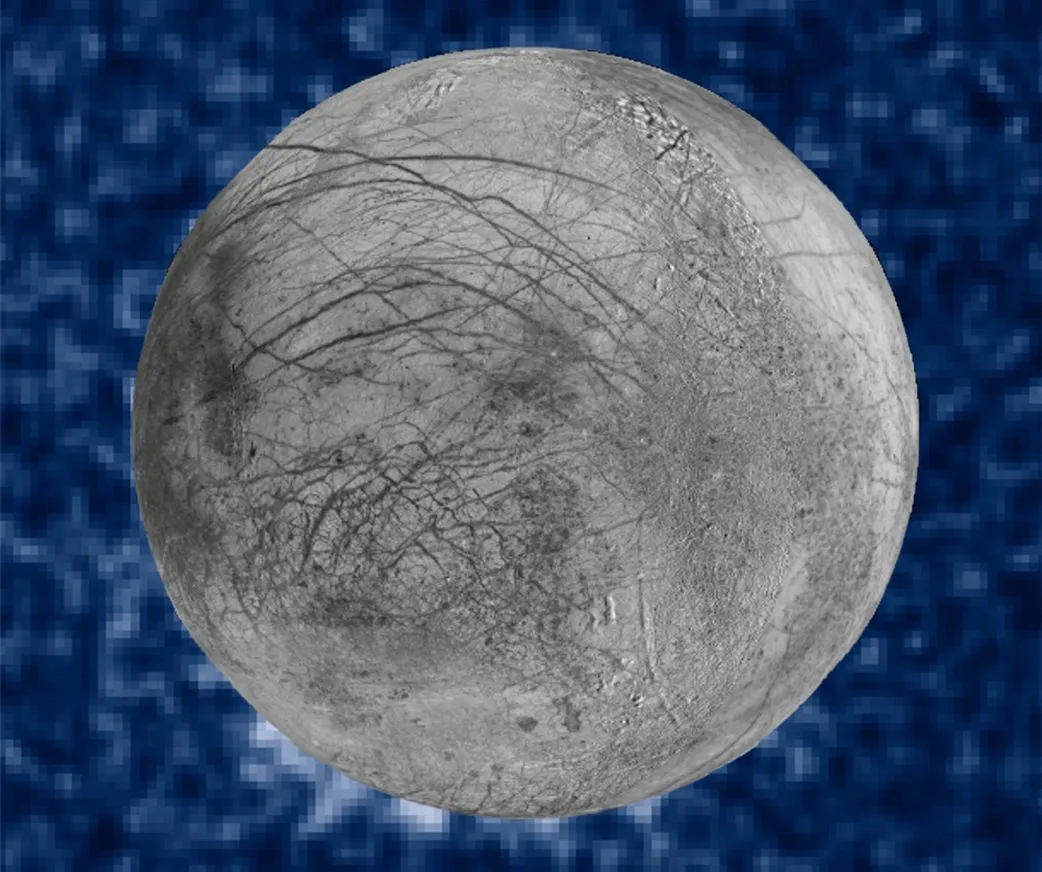NASA has confirmed the next stage of Europa Clipper: an upcoming mission to explore the subsurface ocean on Jupiter’s icy moon.The mission can now progress to the completion of final design, which will be followed by construction and testing of the spacecraft and science payload.
Europa is the smallest of Jupiter’s four largest ‘Galilean’ moons, and shows strong evidence for an ocean of liquid water hiding beneath its frozen crust.
This means the moon has the potential to support life, making it a prime target for the Europa Clipper orbiter to investigate.
The mission has been under proposal for some time, but NASA has confirmed it will go ahead with a launch date aiming for 2025, but potentially as early as 2023.
The orbiter will be put into a long orbit around Europa and perform repeated close flybys of the icy Jovian satellite.

Europa Clipper will be equipped with a thermal instrument to examine the moon’s icy surface and look for eruptions coming from the liquid ocean below.
This is a similar tactic to that adopted by the Cassini mission during its investigations of Saturn’s icy moon Enceladus.
Europa Cllipper will also be equipped with instruments that can detect water and particles in the moon’s atmosphere.
The spacecraft is expected to perform 45 flybys in total, from as distant as 2,700km but flying as close as 25km above the moon’s surface.
"We are all excited about the decision that moves the Europa Clipper mission one key step closer to unlocking the mysteries of this ocean world," says Thomas Zurbuchen, associate administrator for the Science Mission Directorate at NASA Headquarters in Washington.
"We are building upon the scientific insights received from the flagship Galileo and Cassini spacecraft and working to advance our understanding of our cosmic origin, and even life elsewhere."

